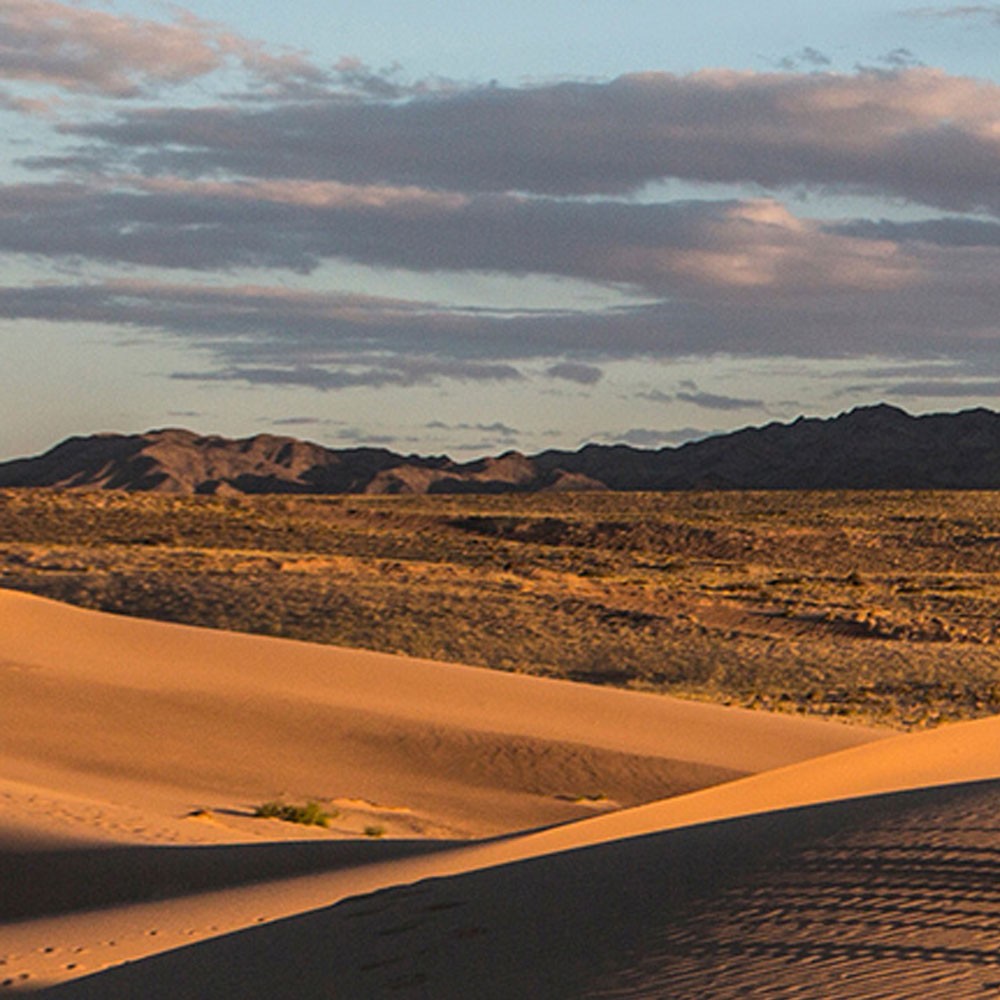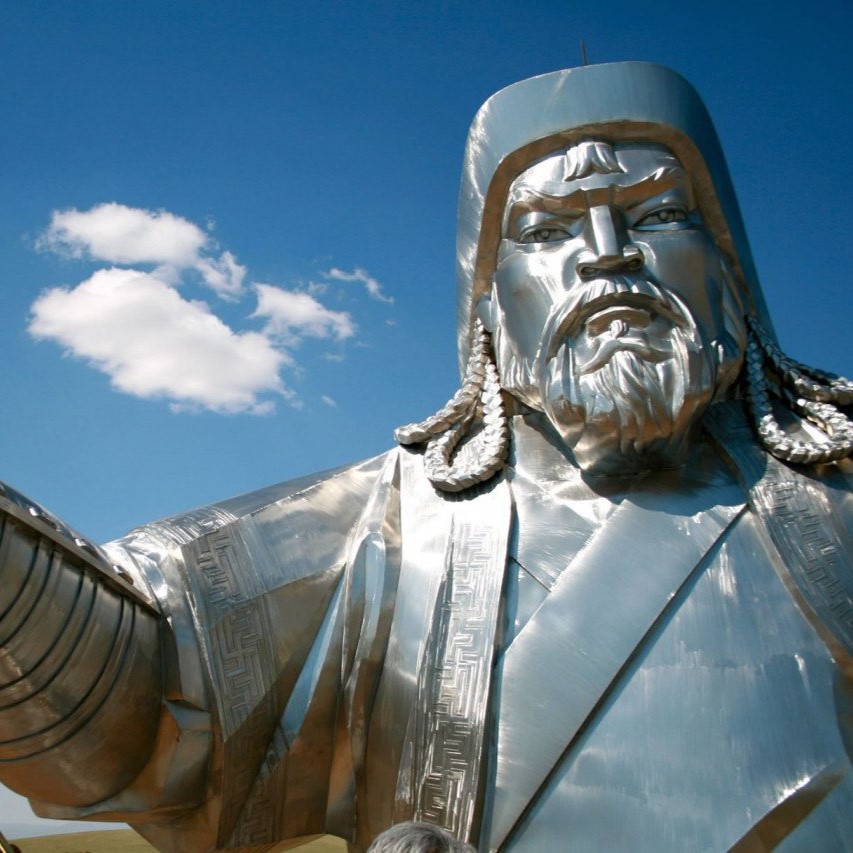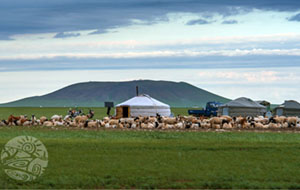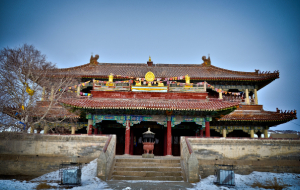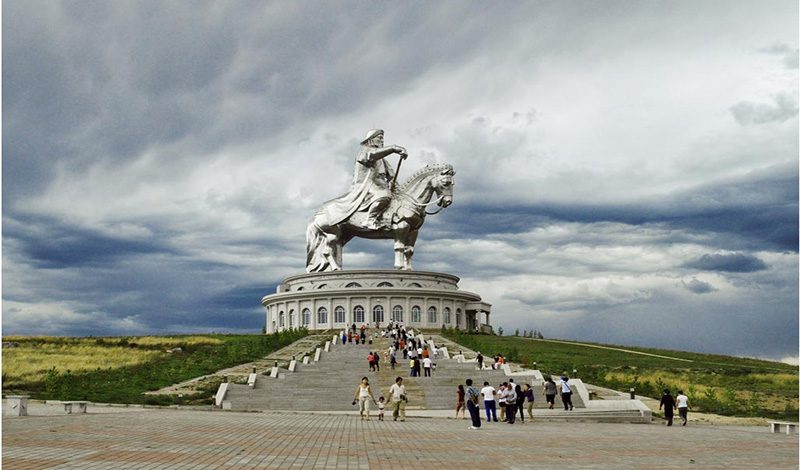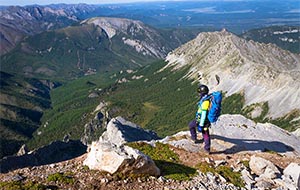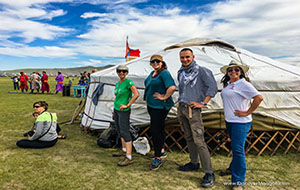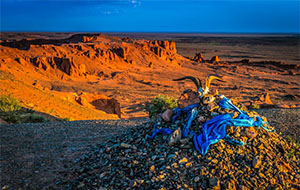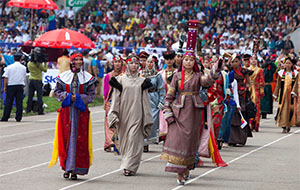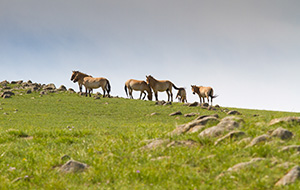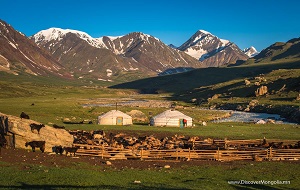Around the world, people have been migrating for various reasons. Recent European immigration has been mostly triggered by security and economic reasons. Certain countries, particularly island states, have been forced to be engaged in environmental migration due to global warming. But, some 15,000 years ago, towards the end of Ice Age, massive migration from today’s Asia was undergone to today’s North America. Their migration was probably caused by environmental reasons, too. What is obvious is that it was way before the Italian explorer, colonizer, and navigator Christopher Columbus’ journey, which reached today’s America although it was originally destined to reach India.
So, who were the people who really deserve to be called the first Americans? VOA asked Michael Bawaya, the editor of the magazine American Archaeology.
He told VOA that they came here from Asia probably "no later than about 15,000 years ago."

“They walked across the Bering land bridge that back in the day connected what is now the U.S. state of Alaska and Siberia. Fifteen-thousand years ago, ocean levels were much lower and the land between the continents was hundreds of kilometers wide.”
“The earliest Americans, then, most likely originated in Central Asia, or the territory today called Mongolia.”*
In Mongolia, there are a number of sites such as Tolbor sites and Tsagaan Agui, displaying artifacts from Paleolithic period (about 2 million B.C. to about 3,000 B.C.), which have been jointly excavated by international archaeological teams. For instance, successful excavations undertaken during the 1990s at the Tsagaan Agui (White Cave) in southwest-central Mongolia have produced artifacts up to 35,000 years old.**

By now, you might be wondering what the Vikings have to do in this article on discovery of America by Asians. Well, while those from today’s Asia migrated all the way through today’s Russian territory, archaeological findings in North America suggest that Vikings travelled to North America through Atlantic ocean around 500 years before Columbus discovered America, in 1492. Vikings were natural explorers and they are given credits for discovering several states in northern Europe.
Interestingly, another study shows that a significant minority of Native American ancestry actually derives not from East Asia but from a people related to present-day western Eurasians."While the [Bering] land bridge still formed the gateway to America, the study now portrays Native Americans as a group derived from the meeting of two different populations, one ancestral to East Asians and the other related to western Eurasians, explained [researcher] Willerslev."The meeting of those two groups is what formed Native Americans as we know them." ***
All in all, “we may suppose that successive waves of immigrants from Siberia pushed down the corridor into the interior of America. [However], it should be understood that the Americas were not settled within a short period of time or by a single group of people. Migration consisted of a slow prolonged spread of successive waves of people.”****
Chronologically speaking, majority of the studies suggest that America, or the New World, was first discovered by modern men inhabiting today’s Asia, and further discovered by a series of migration from elsewhere in the Old World.
If you are an adventure-seeker who enjoys learning while traveling, Mongolia should definitely be in your travel list as it has such rich history and vast territory that you could witness artifacts from various ages of world history such as the Tsagaan agui /White cave/ mentioned above.
For more travel advice, please feel free to contact us here.
* An Atlas and Survey of Latin American History, Michael LaRosa, German R. Mejia, 2007
*** "Great Surprise"—Native Americans Have West Eurasian Origins, news.nationalgeographic.com
 Chat with Us on WhatsApp
Chat with Us on WhatsApp













